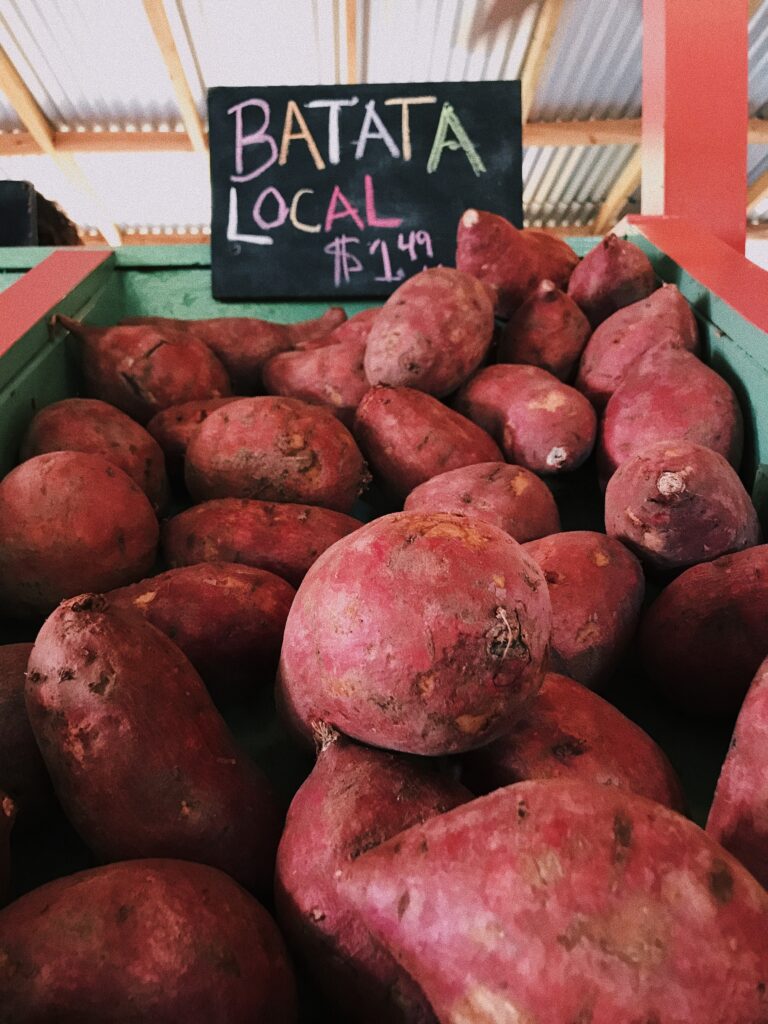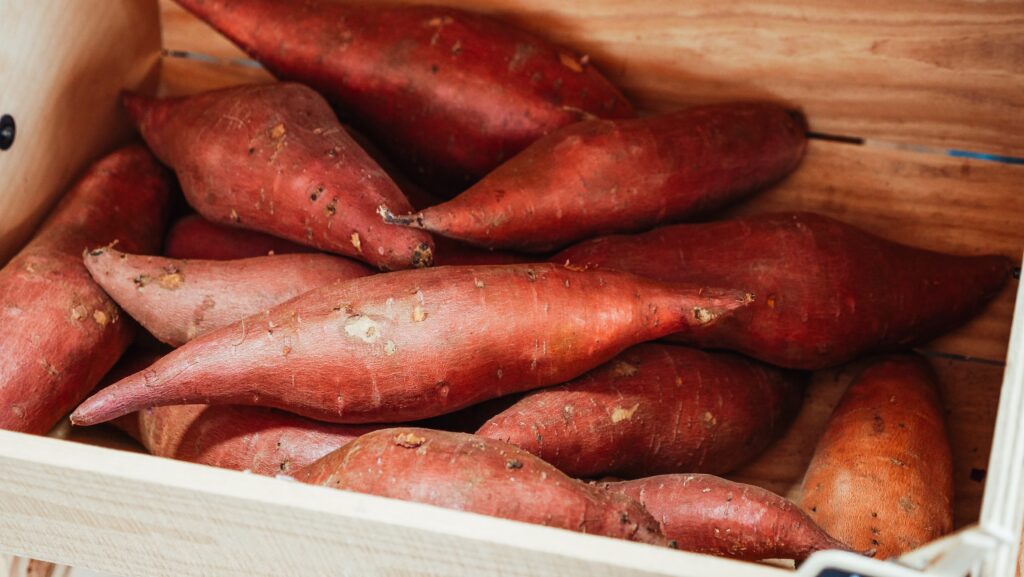Sweet Potatoes Vs. Yams: What’s The Difference?
Sweet potatoes and yams are two commonly confused root vegetables that are often used interchangeably in cooking. While they are both starchy, nutritious, and delicious, there are some key differences between sweet potatoes and yams that set them apart.

Sweet potatoes originated in South America and are now widely grown in many parts of the world, including the United States. They have a thin, smooth skin that can range in color from yellow to orange, and their flesh is usually bright orange and has a sweet, earthy flavor. Sweet potatoes are often used in a variety of dishes, including roasted, mashed, or in pies and casseroles.
On the other hand, yams are native to Africa and are primarily grown in the Caribbean and other tropical regions. Unlike sweet potatoes, yams have a thick, rough skin that can be brown, black, or white in color. Their flesh is typically white or yellow and has a starchy, slightly sweet flavor. Yams are often used in soups, stews, and curries, and are a staple food in many African and Caribbean cultures.
Visible Difference
One of the main differences between sweet potatoes and yams is the size. Yams can grow up to several feet long, while sweet potatoes are typically much smaller. Additionally, yams have a drier and denser texture compared to sweet potatoes, which are moister and creamier. The taste of yams is also more savory than sweet, while sweet potatoes have a sweeter taste.
Nutritional Difference
Another difference is the nutritional content. While both sweet potatoes and yams are nutritious, sweet potatoes are considered to be healthier due to their higher vitamin and mineral content. Sweet potatoes are rich in vitamin A and vitamin C, while yams are relatively low in these vitamins.

In conclusion, while sweet potatoes and yams are both tasty and nutritious, they are distinct root vegetables with their own unique characteristics, flavors, and uses. Whether you are cooking a classic sweet potato pie or a spicy yam stew, it is important to choose the right type of vegetable for your dish to get the best results.
